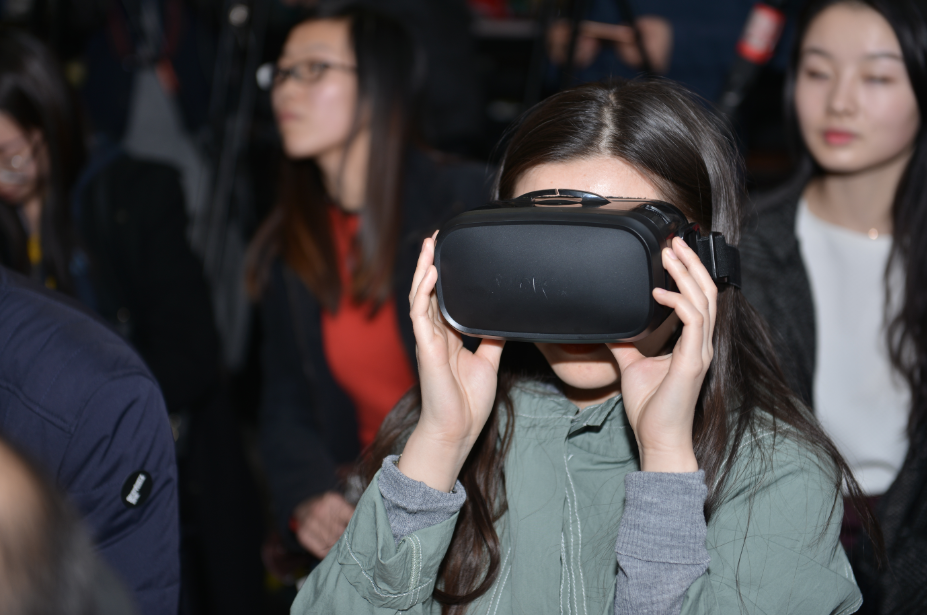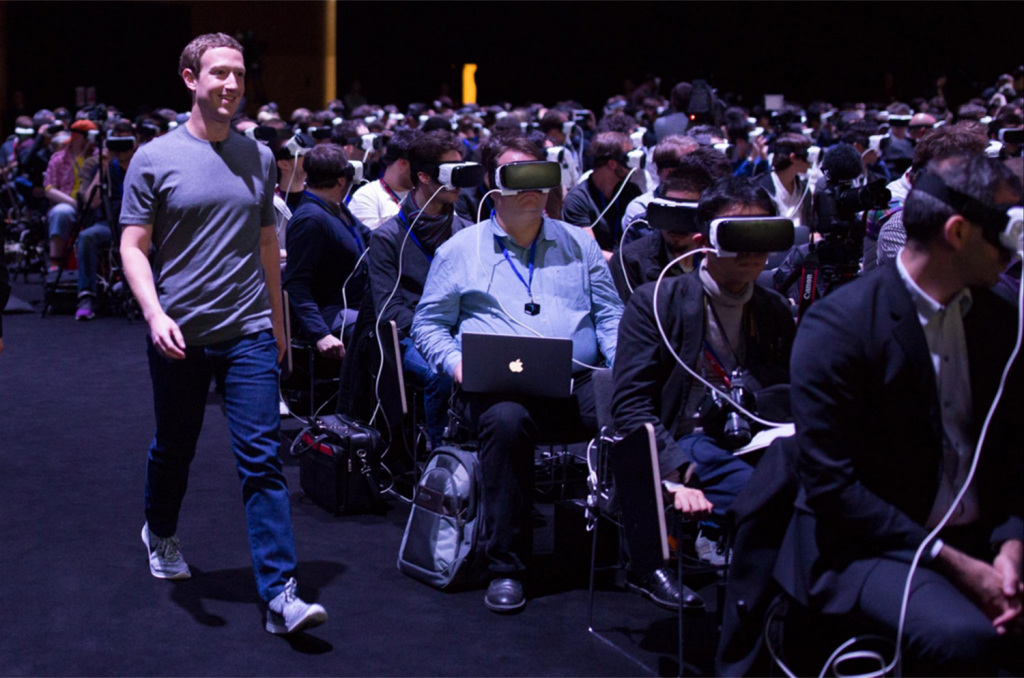VR is the big, bad buzzword of this year’s festival season in China.
Behemoth-in-training Modern Sky were earliest to jump on this ride, announcing that the tagline for this year’s Strawberry Music Festivals was:
The world is virtual. You are the reality.
In a distressingly corporate-speak heavy press release, they announced a new VR-ready streaming platform called ‘ModernSky Now’, which could stream music festivals in VR with a 15-20s delay. They’re figuring out ways to integrate 3d Surround sound and panoramic cameras to create “a new way of experiencing music festivals.” In practice, this means you’ll spot some curious equipment in front of the stages at Strawberry Beijing and Strawberry Shanghai, as well as roving cameras at audience level.

It’s still early days, but there’s a lot happening:
- Damai Live (who partner with our sister company Split Works on the Echo Park Festival) have a specialized VR division.
- So do streaming giants LeTV (whose homegrown headset/VR toolkit has the gloriously cyberpunk name ‘LeVR Cool1’).
- There are sites sprouting up like uToVR, offering a proof-of-concept and a cheap SDK for would-be VR streamers.
It’s interesting that Chinese music festivals appear to be in lockstep with international ones on VR adoption, with Coachella announcing last month that it would integrate a similar VR platform for streaming from home.
These ambitious plans appear to be logical next steps from the controlled VR experiments that the music industry has been dabbling with in the last two years, both in China and abroad.
In 2015, the China leg of K-pop group BIG BANG’s World Tour was filmed (and made available online) in VR, with over six cameras following individual band members.
Paul McCartney, of all people, is widely believed to have released the best VR music video to date, with his performance of ‘Live and Let Die’ letting you sit at Paul’s piano, and look down to see him playing.
Coldplay filmed a concert in VR too, though the immersion was found wanting by more than one Youtube reviewer. Run the Jewels released one last month, and the jury is still out on how it did.
Now this early VR craze has all the hallmarks of a corporate gold rush, and we have every reason to be deeply skeptical of VR’s place in music.
For one, the audience is still tiny. While you could conceivably homebrew a VR headset with a powerful-enough smartphone and Google Cardboard, the real test of VR demand will come later in the year, with the release of HTC’s Vive, Facebook’s Oculus, Sony’s Playstation VR, Baidu’s VR headset and, to a limited extent, Microsoft’s Hololens. There is also the question of bandwidth – even the tiniest of VR-ready videos exceed gigabytes in size, making streaming or downloading challenging, especially in China’s bandwidth-starved environment.
The bigger issue is one of hype. Does VR really offer a significantly ‘immersive’ experience that can supplant a live concert? Our answer is no, which then begs the next question: what does VR *really* offer beyond a more expensive way to feed music footage to fans?
Looks like we won’t have to wait long to find out.
Additional research and writing by Irene Harris
